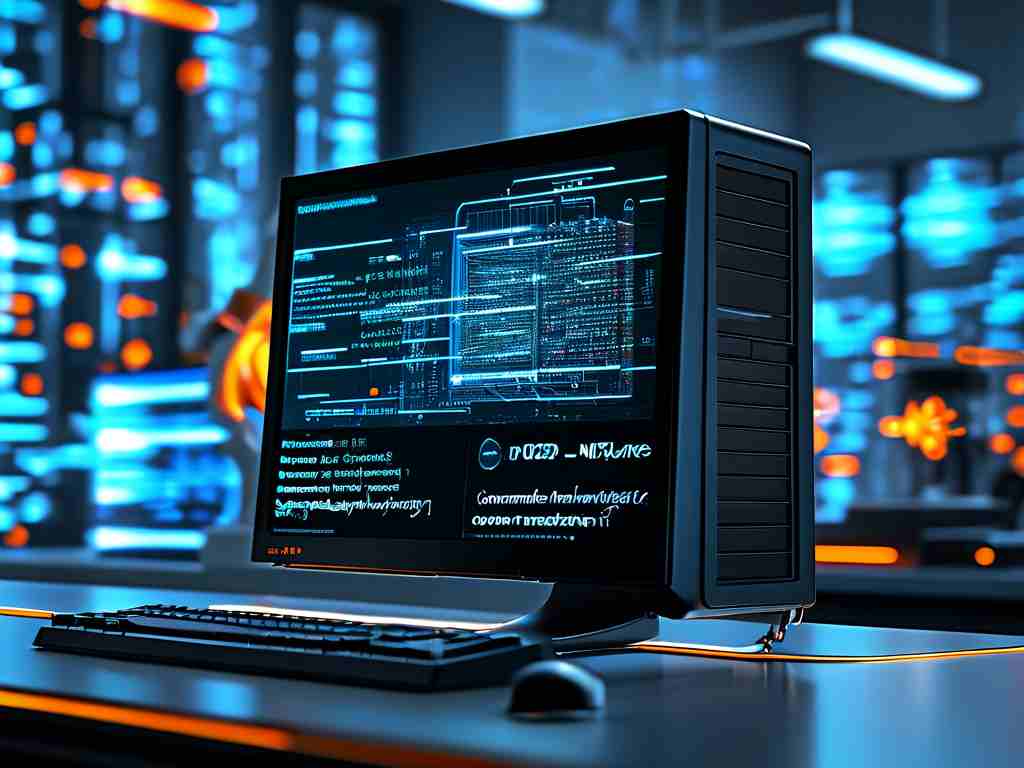Modern computing systems rely heavily on memory managers to allocate, track, and optimize the use of physical and virtual memory. When a computer experiences memory-related issues—such as leaks, fragmentation, or resource exhaustion—rebooting the system often becomes a necessary troubleshooting step. This article explores how memory managers interact with reboot mechanisms, why restarting a computer resolves memory problems, and best practices for managing memory-related instability.

The Role of Memory Managers
A memory manager is a critical component of an operating system (OS) responsible for:
- Allocating memory to applications and system processes.
- Tracking usage to prevent conflicts or overconsumption.
- Optimizing performance through techniques like paging, swapping, and garbage collection.
- Isolating processes to ensure stability and security.
When the memory manager fails to perform these tasks effectively, symptoms like slowdowns, crashes, or unresponsive applications may occur. For example, a memory leak—a common issue where programs fail to release unused memory—can gradually exhaust available resources, forcing users to reboot.
Why Rebooting Fixes Memory Issues
Rebooting a computer resets the memory manager’s state in three key ways:
- Clearing Volatile Memory: RAM (Random Access Memory) is volatile, meaning it loses all data when power is cut. Rebooting wipes fragmented or corrupted data, giving the memory manager a "clean slate."
- Terminating Stale Processes: Lingering processes that hog memory are forcibly closed, freeing resources for reallocation.
- Reinitializing Kernel Structures: The OS reloads memory management tables and resets counters, eliminating software-level corruption.
In Windows, tools like the Task Manager allow users to manually end processes, but a full reboot is often more thorough. Linux systems use OOM (Out-of-Memory) Killer to auto-terminate processes, though this isn’t foolproof.
When to Reboot vs. Alternative Solutions
While rebooting is effective, it’s not always optimal. Below are scenarios where restarting is advisable—and when other fixes may suffice:
When to Reboot
- Persistent Memory Leaks: If an application (e.g., a web browser) consistently consumes excess memory.
- Kernel Panics/Crashes: Critical OS failures require a full restart.
- Post-Software Updates: Some updates modify memory management logic and need a reboot to take effect.
Alternatives to Rebooting
- Manual Process Termination: Use task managers to close rogue applications.
- Memory Diagnostics: Tools like Windows Memory Diagnostic or
memtest86can identify hardware issues. - Virtual Memory Adjustment: Increasing the page file size may alleviate pressure on physical RAM.
How Memory Managers Handle Reboots
During a reboot, the memory manager collaborates with other OS subsystems to ensure a safe shutdown:
- Process Termination: All user and background processes receive termination signals.
- Flushing Caches: Unsaved data in memory caches is written to storage.
- Releasing Resources: Memory addresses, handles, and kernel objects are marked as available.
- Reinitialization: On startup, the memory manager rebuilds allocation tables and reloads driver-specific memory pools.
This process varies across OSes. For instance, Windows uses the "Advanced Configuration and Power Interface (ACPI)" to standardize reboot behavior, while Linux relies on kernel-level systemd or init scripts.
Advanced Troubleshooting Techniques
For IT professionals, avoiding unnecessary reboots is key to maintaining uptime. Consider these strategies:
- Monitoring Tools: Deploy solutions like Prometheus or Windows Performance Monitor to track memory usage trends.
- Scripted Cleanups: Automate memory release tasks using scripts (e.g., Linux
sysctlcommands to drop caches). - Heap Analysis: Use debuggers like WinDbg or Valgrind to identify leaks in custom software.
The Future of Memory Management
Emerging technologies aim to reduce reliance on reboots:

- Persistent Memory (PMEM): Non-volatile RAM retains data during reboots, speeding up recovery.
- Machine Learning-Driven Allocation: AI models predict memory needs and preemptively optimize resources.
- Containerization: Isolating apps in containers limits the impact of memory leaks.
While rebooting remains a quick fix for memory-related instability, understanding the memory manager’s role empowers users to adopt proactive measures. By combining monitoring, diagnostics, and modern hardware, both individuals and enterprises can minimize disruptions and enhance system reliability. In mission-critical environments, investing in resilient memory architectures will further reduce dependency on manual reboots.









